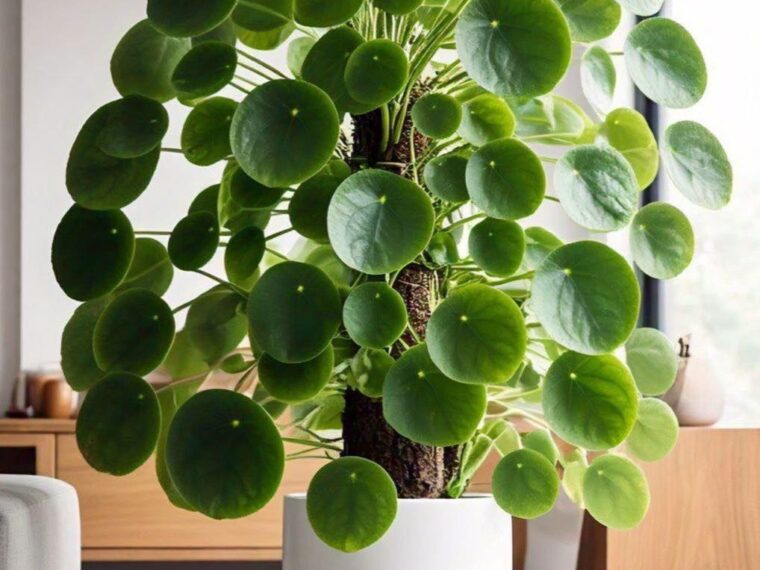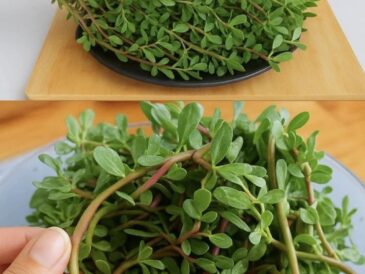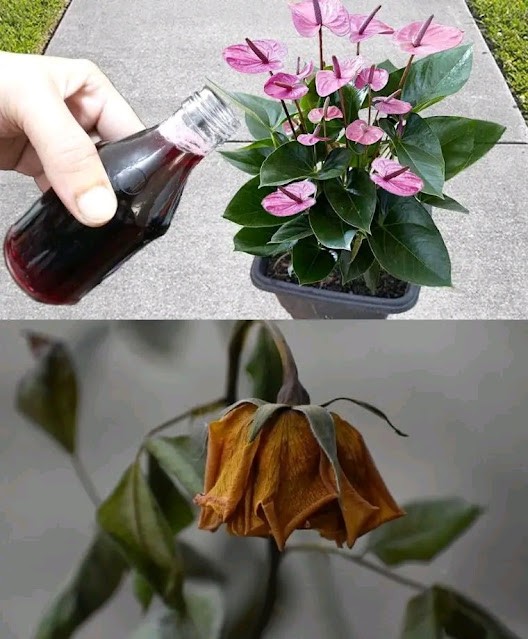The Pilea Peperomioides, commonly known as the Chinese Money Plant, is one of the most beloved indoor houseplants. With its unique round leaves, fast growth rate, and low maintenance needs, it’s perfect for both beginners and seasoned plant lovers. But as it grows, many owners find themselves asking:
“Why is my Pilea leggy instead of bushy?”
“How do I get a fuller, more balanced plant?”
In this comprehensive guide, we’ll walk you through practical, science-backed strategies to encourage lateral growth, prevent legginess, and create a full, lush Pilea that looks great from every angle.
🌱 1. Understanding the Pilea’s Natural Growth Habit
To make your Pilea bushier, you need to first understand how it naturally grows.
Pilea Peperomioides typically grows upward, focusing its energy on the main central stem. If left unpruned, it will stretch toward the light, often developing a long, bare stalk with most of the foliage clustered at the top—this is what’s known as a “leggy” plant.
To combat this, you need to encourage branching, which means triggering the plant to send out side shoots (also called lateral branches) rather than just growing taller.
✂️ 2. Pinching or Pruning to Trigger Side Shoots
Pinching is one of the easiest and most effective techniques to make your plant bushier.
How to Do It:
- Wait until your Pilea is at least 6 inches tall.
- Using clean fingers or scissors, remove the topmost growing tip—the small, central shoot where new leaves emerge.
- This signals the plant to stop growing vertically and instead start producing lateral shoots at the nodes (the joints where leaves meet the stem).
Tips:
- Don’t worry—Pilea is very forgiving and typically responds within a couple of weeks.
- Multiple heads (clusters of leaves) will begin to form, creating a bushier appearance.
🧠 Did You Know?
This method works because it redirects the flow of auxins, the plant hormones responsible for apical dominance (top growth), allowing cytokinins to activate lateral buds.
☀️ 3. Lighting: The Secret Ingredient for Dense Growth
Your Pilea’s growth habit is directly influenced by light. Without enough light, it stretches—resulting in long internodes and sparse leaves.
Optimal Light Conditions:
- Bright, indirect sunlight (next to an east or north-facing window is ideal).
- Rotate the pot a quarter turn every week to ensure even exposure and symmetrical growth.
- In winter months, consider using a full-spectrum grow light for 6–8 hours a day.
📖 A University of Florida horticultural study found that tropical houseplants grown under strong indirect light developed denser leaf clusters and stronger stems compared to those under low light.
🚫 Avoid:
- Direct hot afternoon sun, which can scorch the leaves.
- Dim corners or deep shade, which leads to leggy stems.
💧 4. Watering and Drainage: Balance is Key
Next page





